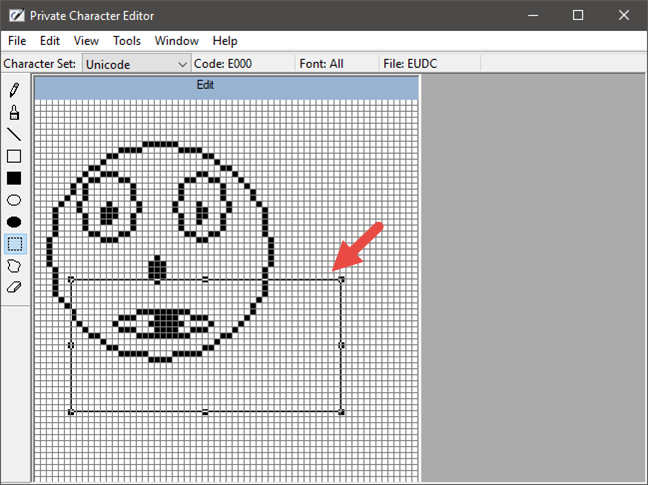

There were many similarities between Khuzdul and the native tongues of Men of the Far-East of Middle-earth. "They understood and respected the disinterested desire for knowledge, and some of the later Ñoldorin loremasters were allowed to learn enough of both their " aglâb" (tongue) and their " iglishmêk" (gesture-code) to understand their systems." Only a few non-Dwarves are recorded as having learnt Khuzdul, most notably the Elves Eöl, Fëanor's son Curufin, and reluctantly the Noldor loremasters of the Second Age: Dwarves would speak the languages of the region "but with an accent due to their own private tongue.", and being careful not to even speak Khuzdul around non-dwarves.

ĭwarves were unwilling to teach outsiders Khuzdul, even to their non-dwarf friends. The changeability of Khuzdul versus other languages was compared to "the weathering of hard rock and the melting of snow". Khuzdul was to the dwarves “a tongue of lore rather than a cradle-speech”, and was carefully learned through reverent study as they matured, to make sure Khuzdul was passed down unaltered from one generation to the next. As a result, all Dwarven clans could speak with each other without difficulty despite the great distances that separated them and the more than 12,000-year history of the language. Because of this, Khuzdul remained unchanged. The Dwarves had a great reverence for Aulë. It is said in The Silmarillion that Aulë created the dwarves, and taught them "the language he had devised for them", making Khuzdul both in fiction and reality, a constructed language. Later, Tolkien dropped the origins of Elvish being taught by Oromë, but kept the origins of Khuzdul the same. Aulëan was named from the Dwarvish tradition that it had been devised by Aulë the Smith, the Vala who created the Dwarves. Īccording to the Lhammas, Khuzdul is a language isolate, the sole member of the Aulëan language family, not related to the Oromëan languages spoken by Elves. The names of all Dwarves are "outer-names" either from another language ( Dalish) or nicknames/titles, sometimes in Khuzdul: e.g. The highest level of secrecy applied to Dwarves' "inner-names", their personal names, with the possible exception of the Petty-dwarves. "Axes of the Dwarves! The Dwarves are upon you!" In the fictional setting of Middle-earth, little is known of Khuzdul (once written Khuzdûl), the Dwarves kept it secret, except for place names and a few phrases such as their battle-cry and Balin's tomb inscription in Moria, which read respectively: A small amount of material on Khuzdul phonology and root modifications has survived which is yet to be published. Tolkien also commented of the Dwarves that "their words are Semitic obviously, constructed to be Semitic."Īlthough a very limited vocabulary is known, Tolkien mentioned he had developed the language to a certain extent. Tolkien noted some similarities between Dwarves and Jews: both were "at once natives and aliens in their habitations, speaking the languages of the country, but with an accent due to their own private tongue…".

Tolkien based Khuzdul on Semitic languages, primarily Hebrew, featuring triconsonantal roots and similarities to Hebrew's phonology and morphology. Tolkien began developing Khuzdul before the publication in 1936 of The Hobbit, with some names appearing in the early versions of The Silmarillion.


 0 kommentar(er)
0 kommentar(er)
